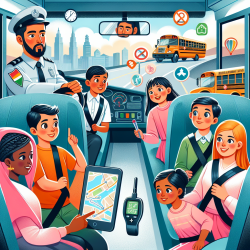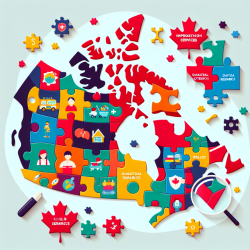Introduction
Ensuring the safety of children during school transportation is a critical concern worldwide. A recent observational study conducted in northern Iran provides valuable insights into the use of restraint systems in school transportation services. The study, titled A study of students’ use of restraint systems in school transportation services in primary and secondary schools in northern Iran: an observational study, highlights key findings that can help practitioners improve safety measures and encourage further research.
Key Findings
The study observed 400 students aged 7 to 15 years to assess their use of restraint systems in school transport vehicles. Key findings include:
- Only 11.3% of students used seatbelts, with no use of booster seats observed.
- Restraint use was higher in SUVs and among students in medium-income areas.
- Female drivers and newer vehicles were associated with higher seatbelt use.
- Students sitting in the rear seats were less likely to use seatbelts compared to those in front seats.
Implications for Practitioners
The study underscores the need for school authorities to enforce traffic safety rules rigorously. Practitioners can implement the following strategies to enhance safety:
- Mandate the use of seatbelts for all students, regardless of transportation mode.
- Equip school buses with seatbelts and consider hiring school bus assistants to ensure compliance.
- Educate drivers, students, and families about the importance of using restraint systems.
- Advocate for policy changes that support the installation of advanced restraint systems in school vehicles.
Encouraging Further Research
While the study provides significant insights, it also highlights areas for further research. Future studies could explore the impact of educational interventions on restraint use and examine the effectiveness of different types of restraint systems in various vehicle types. Additionally, research could focus on the socio-economic factors influencing restraint use and develop targeted strategies to address these disparities.
Conclusion
Improving child safety in school transportation requires a collaborative effort from school authorities, families, and policymakers. By implementing data-driven strategies and encouraging further research, we can create safer environments for children during their daily commutes.
To read the original research paper, please follow this link: A study of students’ use of restraint systems in school transportation services in primary and secondary schools in northern Iran: an observational study.










